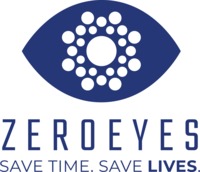There’s no avoiding it. Artificial intelligence is here: in your classrooms, in your front office, on your phone. And while the topic can be overwhelming, it doesn’t have to be a burden. One of the best pieces of advice regarding managing AI in schools so far came during a conversation yesterday with Melissa Hortman, a senior industry executive at Microsoft, for our sister publication eCampus news, but her advice applies to all levels of education: First, learn how it works.
That being said, the amount of information out there can be overwhelming and getting worse by the day. Don’t worry, we’re here for you. The following resources should fill up your weekend reading queue quite nicely. And be sure we’ll be diving in deeper as this phenomenon progresses.
From: eCampus News…Read More

